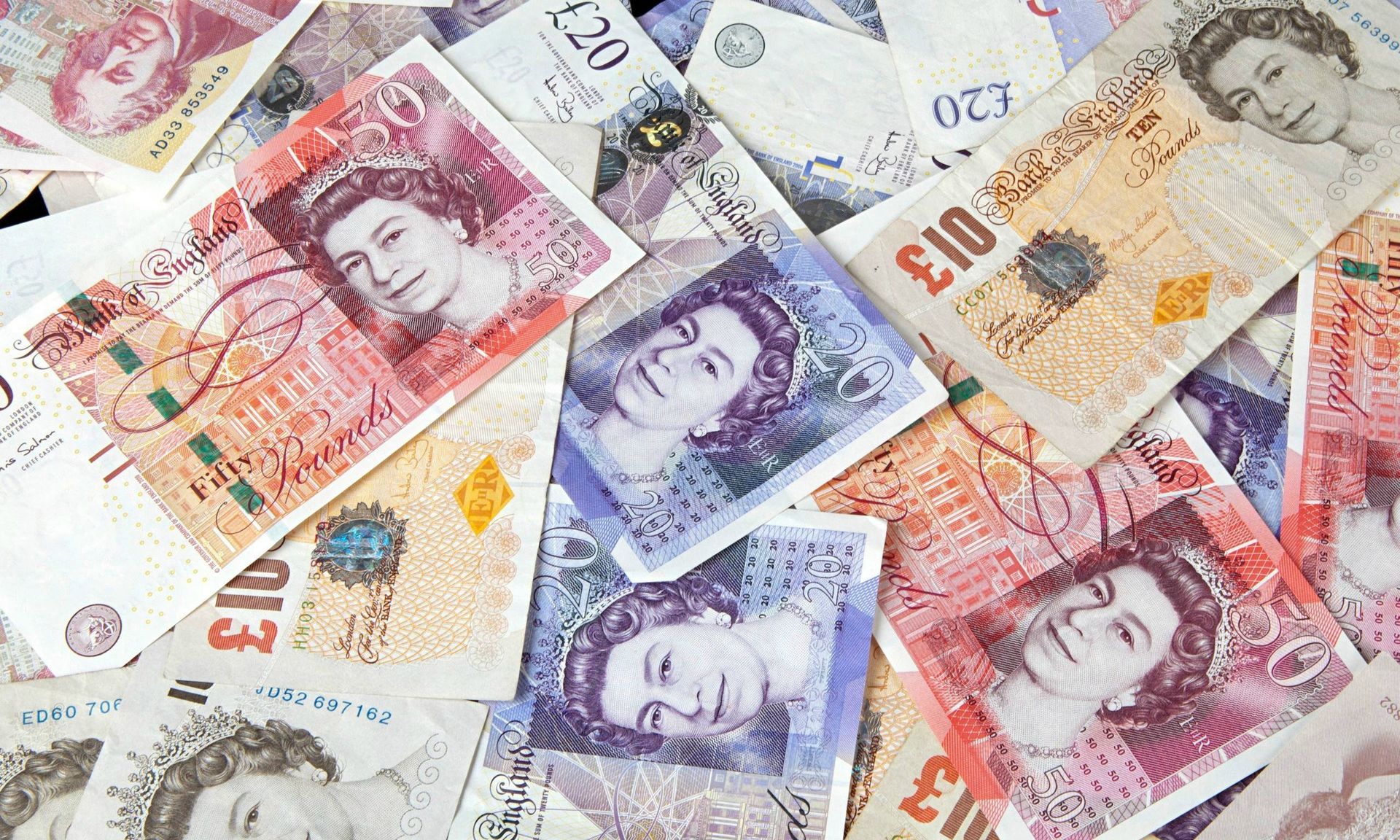
Chandan Sapkota’s Blog
Steve Lohr creates intervention is striking, but has a basis in history. The high-stakes program is supposed to prevent the worst financial crisis because the 1930s. If successful, it could long be examined by historians as a textbook case of the crisis role that government can play to rescue a teetering overall economy.
“The target is to get the engine of capitalism going as productively as you can,” said Nancy Koehn, a historian at the Harvard Business School. David Brooks views-big government forward. ‘re in for a Keynesian Renaissance. The Fed has little room to activate the economy, so Democrats shall use Federal government outlays to improve usage. 300 billion fiscal stimulus. What we’re going to see, in a nutshell, is the Gingrich revolution backwards and on steroids.
- 3% Vanguard Emerging Mkts ETF (VWO)
- 10% of a family’s revenues,
- Keogh contributions are taxes deductible and cost savings accrue tax deferred
- Purchase of the machine by a factory. CBSE, All India Comptt. 2006
There will be a huge upsurge in spending and deficits. In normal times, moderates could have restrained the zeal on the still left. In a recession, not just a chance. The over-reach is arriving. The backlash is next. Anthony Faiola paints a gloomy picture for the American Capitalism: THE FINISH of American Capitalism?
The worst financial crisis since the Great Depression is declaring another casualty: American-style capitalism. Since the 1930s, U.S. American financial might, and emulation by other countries of the fiercely free-market financial system in America were expected and encouraged. But the market turmoil that is draining the country’s prosperity and has upended Wall Street now threatens to put the banks at the heart of the U.S.
Joseph Stiglitz, the Nobel Prize-winning economist at Columbia University. Dionne disagrees with Faiola and argues that it’s the rebirth of American capitalism. Acknowledging an important role for government in the cultural and financial life is — and always has been — the American way. American capitalism has thrived in a mixed economy that accommodates a big role for the continuing state.
The exceptional period has been the last three decades, when radical doctrines got keep truly. Inside our history, strong and active Federal government has helped make capitalism work. It dates back to Alexander Hamilton and Henry Clay’s “American System, much respected by Abraham Lincoln”. Clay thought it essential for the government to purchase “internal improvements,” including roads and canals, and he favored protective tariffs that would allow American industries to grow.







-
-
54 years
Tagged finances